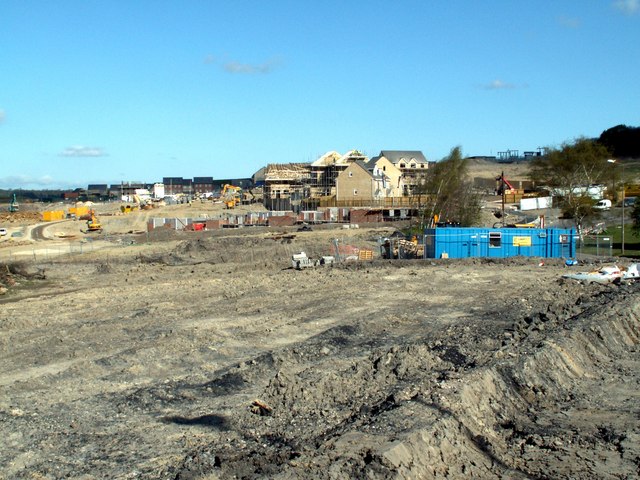Woolley Colliery on:
[Wikipedia]
[Google]
[Amazon]
Woolley Colliery is a village on the border between the
 The pit was closed in 1987 and the buildings were demolished in 1993. The site is now home to a private housing estate, Woolley Grange."Woolley Grange Residents Association – Woolley Colliery History"
The pit was closed in 1987 and the buildings were demolished in 1993. The site is now home to a private housing estate, Woolley Grange."Woolley Grange Residents Association – Woolley Colliery History"
Woolley Colliery History, accessed November 2018
A website all about the community life in Woolley Colliery village
{{authority control Coal mines in West Yorkshire Villages in South Yorkshire Geography of the Metropolitan Borough of Barnsley Buildings and structures in the City of Wakefield
Barnsley
Barnsley () is a market town in South Yorkshire, England. As the main settlement of the Metropolitan Borough of Barnsley and the fourth largest settlement in South Yorkshire. In Barnsley, the population was 96,888 while the wider Borough has ...
and Wakefield districts in Yorkshire
Yorkshire ( ; abbreviated Yorks), formally known as the County of York, is a Historic counties of England, historic county in northern England and by far the largest in the United Kingdom. Because of its large area in comparison with other Eng ...
, England. The village is now in South Yorkshire
South Yorkshire is a ceremonial and metropolitan county in the Yorkshire and Humber Region of England. The county has four council areas which are the cities of Doncaster and Sheffield as well as the boroughs of Barnsley and Rotherham.
In N ...
, while the former colliery was in the Wakefield Rural Ward in West Yorkshire
West Yorkshire is a metropolitan and ceremonial county in the Yorkshire and Humber Region of England. It is an inland and upland county having eastward-draining valleys while taking in the moors of the Pennines. West Yorkshire came into exi ...
. The village is known locally as Mucky Woolley, as a tribute to its coalmining heritage and to distinguish it from the more affluent village of Woolley two miles away.
Coal mine
Coal mining is the process of extracting coal from the ground. Coal is valued for its energy content and since the 1880s has been widely used to generate electricity. Steel and cement industries use coal as a fuel for extraction of iron from ...
s were worked as early as 1850, and at about that time the village was established when two rows of small terrace cottages were built to accommodate miners. There are several coal seam outcrops on the hillside and coal had probably been mined in the area for many years before, but only on a small scale until railway transport began. The pit grew to become one of the largest in West Yorkshire. In 1980 it employed 1514 men underground and 428 on the surface.
The colliery began when two tunnels or drifts were dug into the Barnsley bed seam in the hillside. Vertical shafts were sunk to reach the deeper seams. In the 1960s there were three shafts in the pit yard and a fourth, for ventilation, about a mile to the east. At that time around 17,000 tons of high-quality coal were produced each week.
Arthur Scargill
Arthur Scargill (born 11 January 1938) is a British trade unionist who was President of the National Union of Mineworkers (NUM) from 1982 to 2002. He is best known for leading the UK miners' strike (1984–85), a major event in the history of ...
, later the leader of the NUM, started work at the colliery in 1953, when he was 15. The pit was among the most conservative in Yorkshire, and Scargill was often in dispute with the branch leadership. He organised a strike in 1960 over the day on which union meetings were held, as he argued that these were deliberately being held at timed when the sections of the workforce that were inclined to militancy were unable to attend.
Miner's Strike 1984–85
During theUK miners' strike (1984-85) UK miners' strike may refer to:
*UK miners' strike (1893)
*South Wales miners' strike (1910)
* National coal strike of 1912
*UK miners' strike (1921)
*UK miners' strike (1953)
*UK miners' strike (1969), a widespread unofficial strike
*UK miners' st ...
roughly 70 per cent of the workforce at the colliery went on strike for a year, but the NUM branch leadership remained conservative about the use of flying picket
Picketing is a form of protest in which people (called pickets or picketers) congregate outside a place of work or location where an event is taking place. Often, this is done in an attempt to dissuade others from going in (" crossing the pick ...
s and union funds to help strikers. There were arguments with the lodge at North Gawber Colliery on contributions to a kitchen, as it was claimed that Woolley, which was a much larger pit, was making a minimal contribution to feeding strikers. After the strike the men from North Gawber were transferred to Woolley.
Woolley Grange
 The pit was closed in 1987 and the buildings were demolished in 1993. The site is now home to a private housing estate, Woolley Grange."Woolley Grange Residents Association – Woolley Colliery History"
The pit was closed in 1987 and the buildings were demolished in 1993. The site is now home to a private housing estate, Woolley Grange."Woolley Grange Residents Association – Woolley Colliery History"Woolley Colliery History, accessed November 2018
References
External links
A website all about the community life in Woolley Colliery village
{{authority control Coal mines in West Yorkshire Villages in South Yorkshire Geography of the Metropolitan Borough of Barnsley Buildings and structures in the City of Wakefield